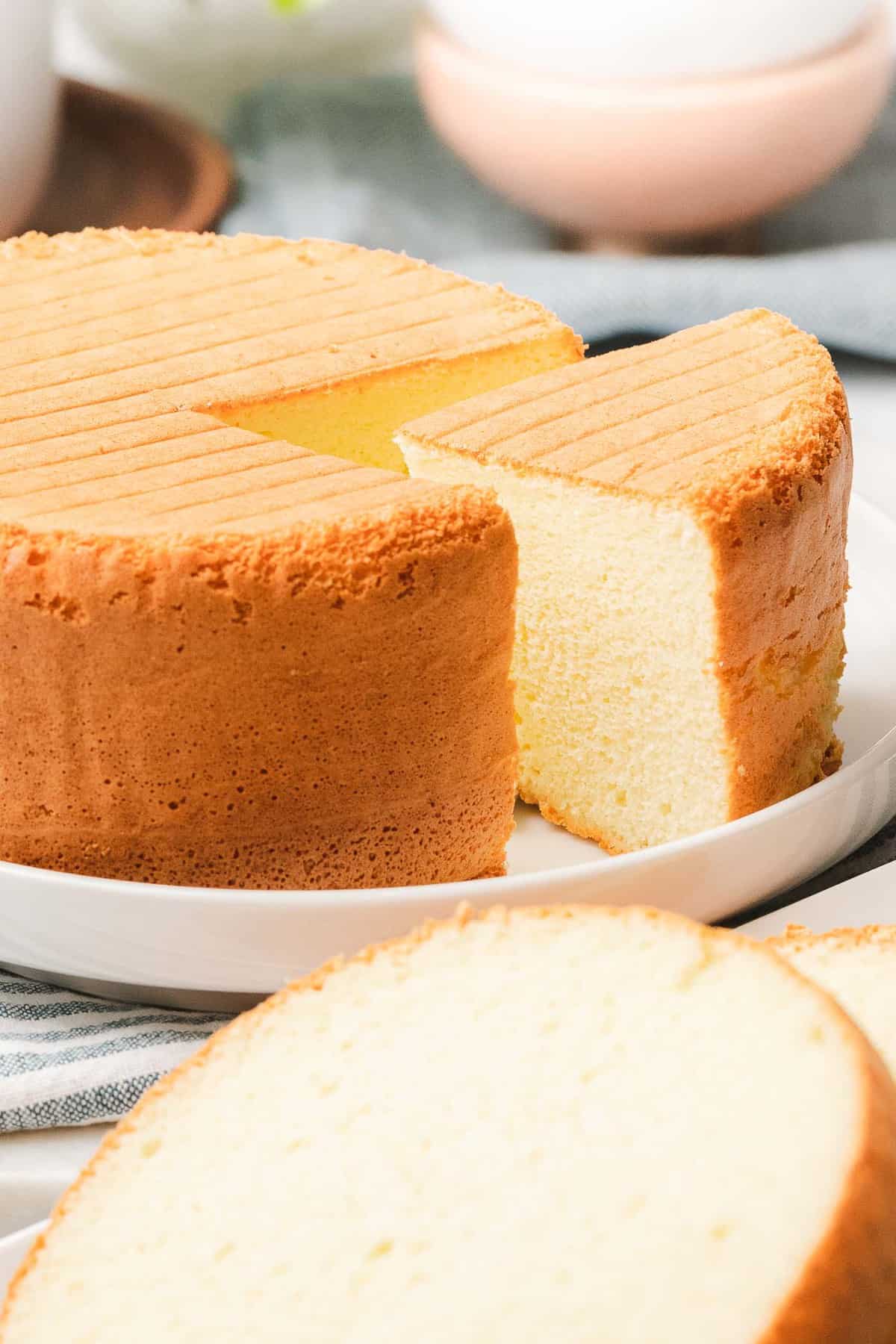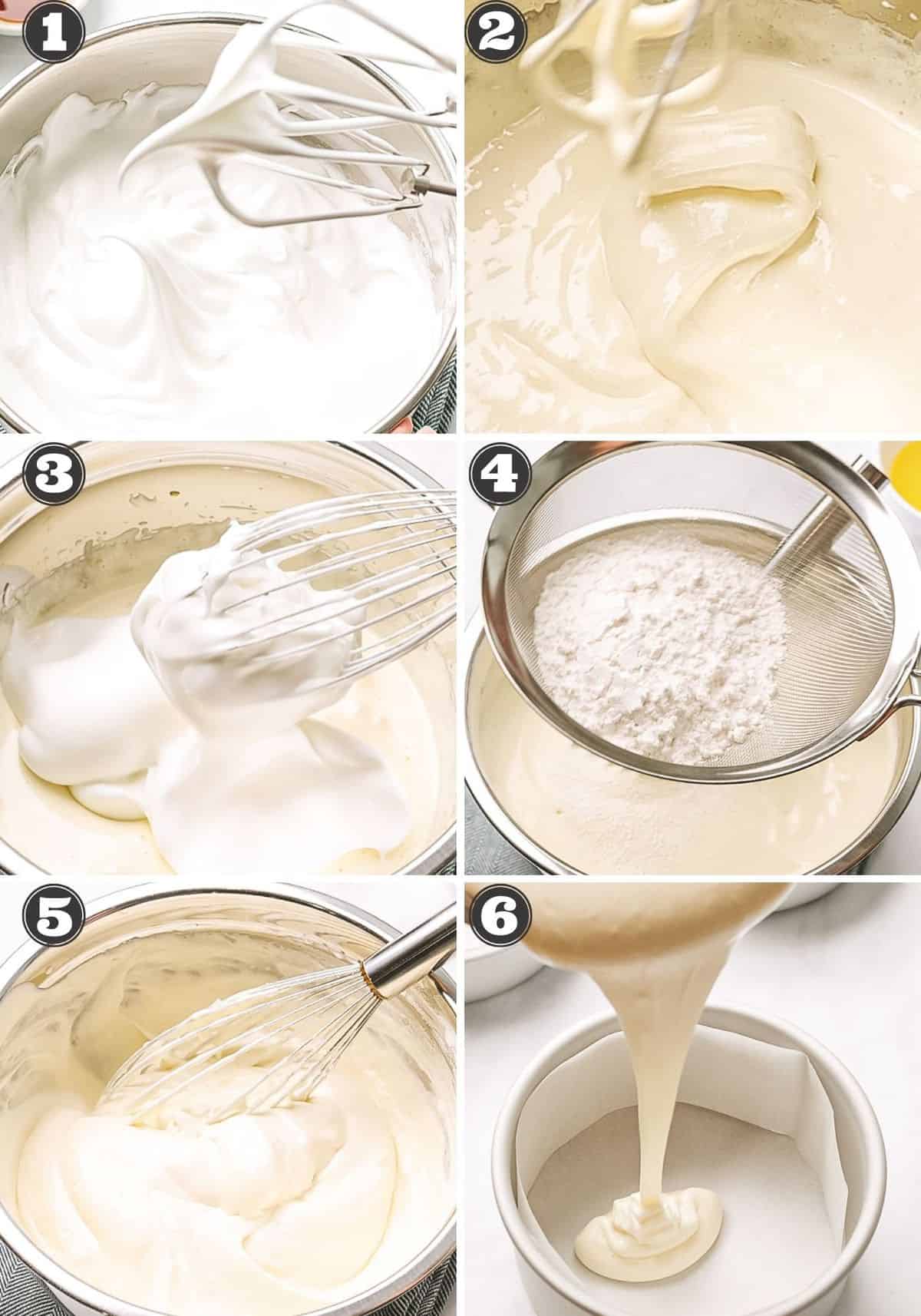Perfect Sponge Cake
Introduction
Embark on a delectable journey into baking perfection with the art of crafting the ideal sponge cake. Known for its ethereal lightness and irresistible taste, the sponge cake remains a beloved classic in the world of desserts. In this culinary exploration, we'll delve into the secrets behind achieving the perfect balance of texture and flavor in every slice. From understanding the foundational techniques to selecting the finest ingredients, join us as we uncover the essence of what makes a sponge cake truly exceptional. Whether you're a novice baker or a seasoned pro, this adventure promises to elevate your baking skills and delight your palate with each fluffy bite. Discover the joy of creating a dessert that not only tantalizes the taste buds but also brings people together in celebration of culinary mastery. So, roll up your sleeves, preheat your oven, and let's embark on this delicious journey together.
Understanding the Basics
Before diving into the intricate process of crafting the perfect sponge cake, it's essential to grasp the fundamental principles that underpin its unique characteristics. Unlike traditional cakes that rely on fats like butter for structure and moisture, sponge cakes derive their light and airy texture from a different source: whipped eggs. The key to achieving the desired lightness in a sponge cake lies in the incorporation of air into the batter. This is primarily accomplished through the meticulous whipping of eggs, which creates a foam-like structure capable of holding air bubbles. As the cake bakes, these air bubbles expand, resulting in the characteristic rise and fluffiness of a sponge cake. In addition to whipped eggs, another crucial component of sponge cake batter is sugar. Sugar not only adds sweetness but also plays a vital role in stabilizing the whipped eggs, helping to create a sturdy yet delicate crumb structure. Furthermore, the choice of flour is crucial in determining the texture of the final product. While all-purpose flour can be used, cake flour is preferred for its lower protein content, which results in a softer and more tender crumb. By understanding these basic principles—whipped eggs for structure, sugar for stability, and the role of flour—you'll be well-equipped to embark on your sponge cake-making journey with confidence and creativity, ready to unlock the secrets of this beloved dessert.
Ingredients You’ll Need
To create the perfect sponge cake, you’ll need:
- Eggs: The star ingredient that provides structure and lift.
- Sugar: Adds sweetness and helps stabilize the whipped eggs.
- Flour: Provides structure and stability to the cake.
- Vanilla Extract: Enhances flavor and aroma.
- Baking Powder: Helps the cake rise evenly.
- Cake flour - This gives the cake a lighter, more delicate texture compared with all-purpose flour.
- Eggs - Beaten eggs give this cake its volume.
- Sugar - Use fine granulated white sugar for best results.
- Vegetable oil - This helps keep the cake moist and rich.
- Baking powder - This gives extra volume and rise to the cake
Step-by-Step Recipe
Now that we have our ingredients ready, let’s dive into the recipe:
- Preheat the Oven: Start by preheating your oven to 350°F (175°C). Prepare your cake pans by greasing and flouring them to prevent sticking.
- Whip the Eggs: In a large mixing bowl, beat the eggs and sugar together until pale and fluffy. This will take about 5-7 minutes using a hand mixer or stand mixer.
- Fold in the Flour: Gently fold in the sifted flour, being careful not to deflate the eggs. Use a spatula to incorporate the flour until no streaks remain.
- Add Flavorings: Stir in the vanilla extract for added flavor. You can also add lemon zest or other extracts for a unique twist.
- Bake to Perfection: Pour the batter into the prepared cake pans and smooth the tops with a spatula. Bake in the oven for 25-30 minutes or until the cakes are golden brown and spring back when lightly touched.
Cool and Enjoy: Allow the cakes to cool in the pans for 10 minutes before transferring them to a wire rack to cool completely. Once cooled, you can frost and decorate your sponge cake as desired.
Cool and Enjoy: Allow the cakes to cool in the pans for 10 minutes before transferring them to a wire rack to cool completely. Once cooled, you can frost and decorate your sponge cake as desired.
Tips for Success
- Use room-temperature eggs for easier whipping.
- Be gentle when folding in the flour to prevent overmixing.
- Avoid opening the oven door frequently while baking to prevent the cake from deflating.
- Experiment with different flavorings and toppings to customize your sponge cake.
Conclusion
In conclusion, mastering the art of creating the perfect sponge cake is not just about following a recipe; it's about embracing a journey of discovery and creativity in the kitchen. Throughout this culinary adventure, we've unlocked the secrets behind achieving that ethereal lightness and melt-in-your-mouth goodness that defines a truly exceptional sponge cake. From understanding the importance of incorporating air through whipped eggs to selecting the finest ingredients like cake flour and vanilla extract, each step plays a crucial role in the success of this delectable dessert. Through patience, practice, and a dash of experimentation, anyone can become a sponge cake virtuoso, capable of delighting friends and family with every slice. But beyond the technical aspects, baking a sponge cake is an act of joy and celebration. It's about bringing people together, creating cherished memories, and indulging in the simple pleasures of life. Whether it's a birthday, a holiday, or just a cozy afternoon at home, a sponge cake has the power to elevate any occasion. So, as you embark on your own sponge cake-making journey, remember to embrace the process with enthusiasm and creativity. Don't be afraid to add your own twist with unique flavorings or decorative touches. And most importantly, savor every moment, from the first whisk of eggs to the final dusting of powdered sugar.
FAQs
- Can I use cake flour instead of all-purpose flour for a lighter texture?
- Absolutely! Cake flour has a lower protein content, resulting in a softer, more tender crumb.
- Can I make a sponge cake without eggs for a vegan version?
- While it's possible to make eggless sponge cakes using substitutes like aquafaba or flax eggs, the texture may differ slightly from traditional sponge cakes.
- How do I prevent my sponge cake from deflating after baking?
- To prevent deflation, avoid opening the oven door frequently during baking and ensure the cakes are fully baked before removing them from the oven.
- Can I freeze sponge cake for later use?
- Yes, sponge cake can be frozen for up to three months. Wrap it tightly in plastic wrap and aluminum foil before freezing to prevent freezer burn.
- What’s the secret to achieving a perfectly moist sponge cake?
- The key is to not overbake the cake. Remove it from the oven as soon as a toothpick
- Absolutely! Cake flour has a lower protein content, resulting in a softer, more tender crumb.
- While it's possible to make eggless sponge cakes using substitutes like aquafaba or flax eggs, the texture may differ slightly from traditional sponge cakes.
- To prevent deflation, avoid opening the oven door frequently during baking and ensure the cakes are fully baked before removing them from the oven.
- Yes, sponge cake can be frozen for up to three months. Wrap it tightly in plastic wrap and aluminum foil before freezing to prevent freezer burn.
- The key is to not overbake the cake. Remove it from the oven as soon as a toothpick




